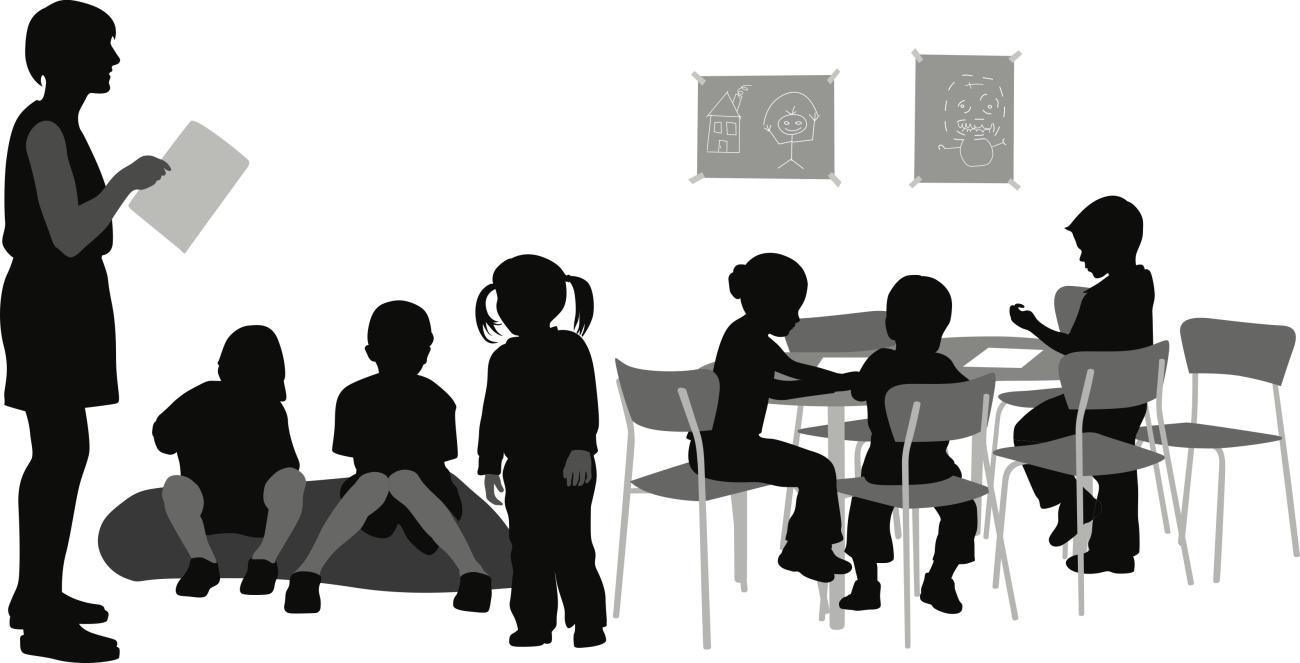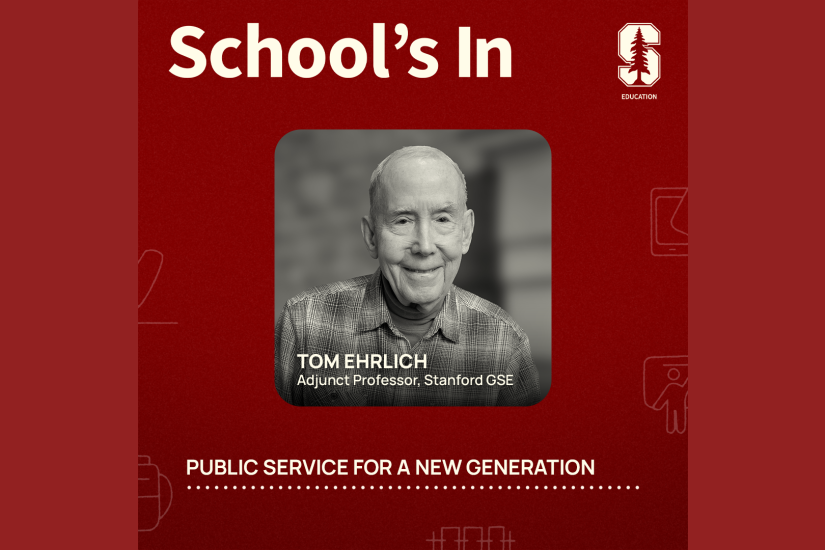
Who benefits most from pre-kindergarten?
Heeding research that attending pre-K increases children’s kindergarten readiness, many states are making concerted efforts to expand access to public pre-K programs.
At the same time, studies show the benefits of pre-K may drop off sometime between kindergarten and third grade, a phenomenon known as pre-K fade-out.
“We know that pre-K benefits the most economically disadvantaged families,” says Francis Pearman, assistant professor at Stanford Graduate School of Education (GSE). “But what are the conditions under which pre-K effects persist over time?”
On this episode of School’s In, Pearman joins GSE Dean Dan Schwartz and Senior Lecturer Denise Pope to talk about the impact of pre-K education, especially in low-income communities, and the importance of examining the educational continuum.
Pearman says the conversation around early childhood education needs to be more expansive, describing findings from a study he recently conducted on a statewide rollout of public pre-K in Tennessee. “Only a small fraction of low-income children in Tennessee went on to experience high-quality [elementary] teachers and schools; the majority went on to low-quality learning experiences,” says Pearman, whose research examines social inequality, racial stratification, and educational disparities in U.S. cities.
The conversation around early childhood education and the effort to prevent pre-k fade-out should take a broader focus that includes the years that follow, he says. “Pre-K is a great first leg in a relay race,” he says. “We need to also be thinking about the third and fourth legs in that race.”
You can listen to School's In on SiriusXM Insight channel 121, Apple Podcasts, Google Podcasts, Spotify, Stitcher and Soundcloud.
Faculty mentioned in this article: Francis Pearman



